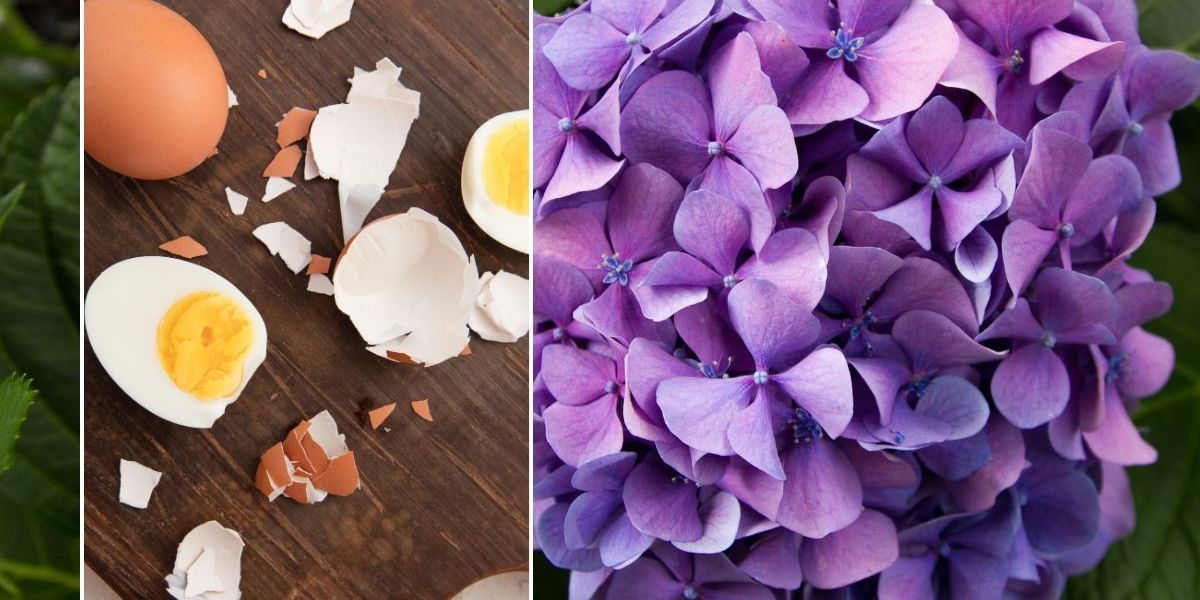Hydrangea blooms are perfect for adding swathes of colour to the garden because they require minimum care.
They also come in a range of colours that reflect the pH levels of soil, meaning with a little intervention, they can be manipulated to grow in shades of pink, blue and purple.
Georgina O’Grady, Managing Director at Evergreen Direct, said: “One of the most effective natural ingredients for changing the colour of hydrangeas is aluminum sulphate.
“This ingredient helps lower the pH level of the soil, leading to blue blooms in hydrangea varieties that can change colour based on soil acidity.”
Eggshells can influence the colour of hydrangea
GETTY
The gardening enthusiast explained that not all hydrangea varieties can have their colour altered.
“Some hydrangeas, like the hydrangea macrophylla, also known as bigleaf hydrangea, have the genetic ability to change bloom colour based on soil pH,” she explained.
“These varieties are more likely to respond to alterations in soil acidity using natural plant feed.”
“On the other hand, hydrangea varieties like the panicle hydrangea (hydrangea paniculata) typically maintain a white or cream colour regardless of soil pH changes.
“It’s essential to know the specific characteristics of your hydrangea variety before attempting to change its bloom colour.”
The time it takes to change the colour of hydrangea blooms will vary depending on soil pH levels and flower species.
“Generally, it can take a few weeks to a couple of months before noticeable colour changes occur. Like most gardening practices, patience is key,” explained Georgina.
It comes as an expert recently told GB News of the different natural ingredients that could prove useful in changing the pH levels of soil.
Hydrangea can turn blue and purple
GETTY
“Crushed eggshells can reportedly be used to turn hydrangeas pink,” he said.
“[…] The shells will slowly break down and reduce the acidity of the soil, which will make it harder for the hydrangea to access aluminum present in the soil.
“You can try adding it to the soil when you first plant hydrangeas, but you are unlikely to see a colour change from this until the following year.”
Once the pH level has increased or decreased enough to change the colour of your hydrangeas, gardeners must continue applying ingredients to the soil so the flowers retain their new colour.

